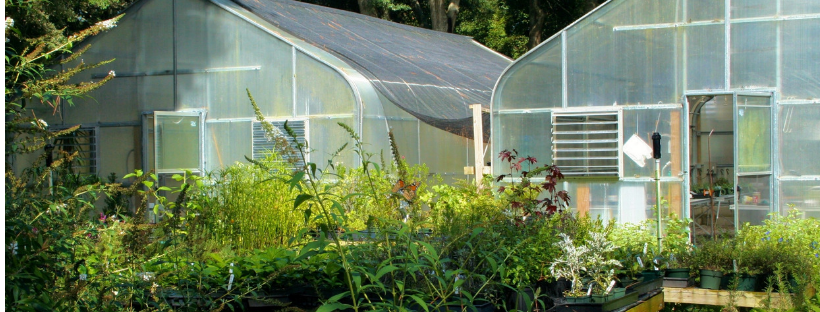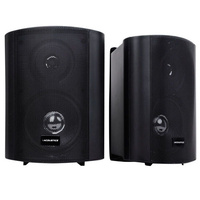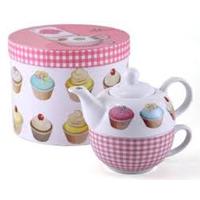A buying guide for greenhouses for home gardening
Author: John Smith Date Posted:30 October 2018


Can you imagine yourself tending an extensive collection of orchids, propagating begonias and experimenting with oleander and passiflora? If so, you'll want one of many well-insulated, professional-grade greenhouses that can be temperature-controlled year-round, with running water, a power source for supplemental lights, active ventilation, and plenty of room for expansion.
Greenhouses used to be the sole domain of commercial plant producers who require a protected, controlled environment to grow flowers and food crops indoors off-season or to raise starter plants and shrubs for resale. More recently, due to modern materials and new construction techniques, a plethora of greenhouses have become available for sale. Greenhouses have become much more affordable and give people a sense of food security and nourishment whilst satisfying their green thumb.
In fact, it’s become common today to see small greenhouses in residential backyards. Homeowners and gardeners who are thinking of buying a greenhouse have two decisions to make: Do we need a greenhouse? If so, with so many choices on the market, how to choose which greenhouse to buy?
Read on to find out how you can satisfy your advanced green thumb in the comfort of your own abode.
Getting started with your greenhouse: Site selection
The first thing to figure out when buying or building a greenhouse is how much growing space you will need. Keep in mind, that a greenhouse is a long-term investment and your selection should be large enough to provide ample room for years to come. In many instances, greenhouse owners end up wanting more square footage than they originally thought possible. In addition to this, if you plan to grow vegetables, you’ll want maximum light and plenty of headroom, which is also good for hanging plants.
The closer to the house or garden your greenhouse is located, the more you are likely to use it. Also, consider access to electricity and water — both of which you’ll probably need. Look for a level area with maximum exposure for the sun. If possible, find a location where the greenhouse will be getting at least 6 hours of direct sunlight per day.
A greenhouse can be placed on almost any surface, but there should be adequate drainage. To create an ideal surface, lay a layer of landscape cloth over the area to be used — this will keep the weeds out, but allow for drainage — and cover the cloth with 3 inches of 1/4-inch gravel.
Glazing greenhouses
Glazing is the covering around your greenhouse frame. It is responsible for letting sunlight and its warmth in, while keeping the elements out. Glass is the best glazing material, but it is also the most expensive. Plastic sheeting works well and is inexpensive, but will deteriorate quickly.
Polycarbonate panels are a popular option for those on a budget and require no maintenance once installed. These panels offer 90% light transmission (this means it lets almost all light in) and each panel has UV protection applied. This not only blocks harmful rays from scorching your delicate plants but also prevents panels becoming discoloured over time. This high level of light transmission is ideal if you’re planting from seed. Most superior greenhouses adopt polycarbonate panels into their design.
Insulation, exposure, and weather control.
The frequency and strength of seasonal storms is increasing, as predicted by climate scientists. Gardeners across the world are losing crops and topsoil to unusually strong weather, accompanied by heavy rains which flood ground crops and wash away topsoil where most soil nutrients reside.
Greenhouses with ample protection from extreme or inclement weather conditions such as hail or gale are preferred. The greenhouse also needs to be effective in keeping out the usual suspects of bugs, insects, birds, rodents and even your neighbour's pet from your cherished green patch.
Ventilation is important for your greenhouse plants in order to keep the humidity down. Plants can get too hot even during cold or cool weather, so good greenhouse ventilation is crucial. Furthermore shading and retaining heat are important components to look into when setting up your greenhouse. In warmer environments or when the sun is directly hitting the greenhouse, shading can keep plants from getting burned by reducing the amount of summer sunlight.
Accessorising greenhouses: a serious business
In addition to the frame of the greenhouse, there are many accessories that can go inside. Depending on your commitment and budget, you can add shelving, automatic vents, a mist system, a heating system, a fan, a tool rack, a potting bench, and the list goes on. Consider what you really need, what you’d like to have, and what you have room for.
For more information on greenhouses and the equipment needed to facilitate your green thumb, visit EXTG.
























